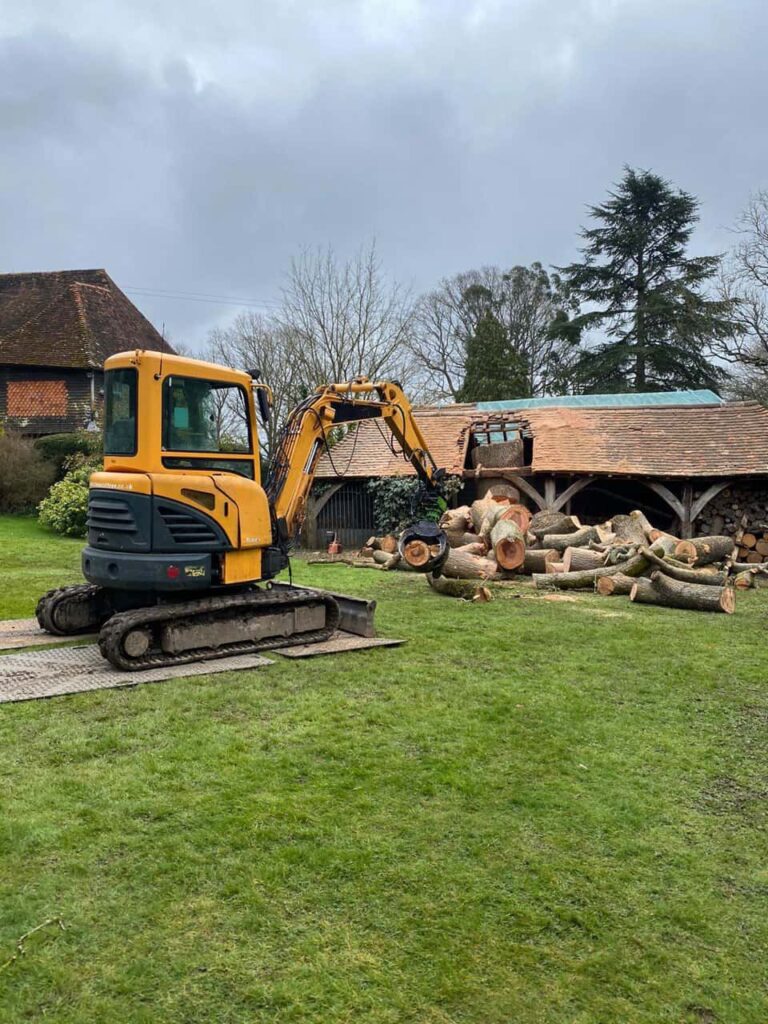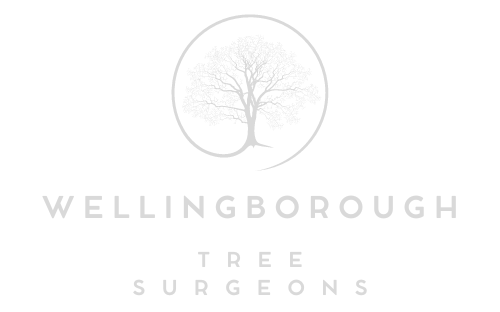Pruning vs. Trimming: Choosing the Right Reshaping Technique
Introduction: Maintaining the health and aesthetics of your trees is essential for a thriving landscape. Regarding tree reshaping, two commonly used techniques are pruning and trimming. While they may seem similar, they serve distinct purposes and involve different approaches. In this blog post, Wellingborough Tree Surgeons will help you understand the differences between pruning and trimming and guide you in choosing the right reshaping technique for your trees.
Pruning: Precision for Tree Health
Pruning is a precise and targeted technique primarily focused on the long-term health and structure of the tree. Here’s what you need to know about pruning:
- Selective Branch Removal: Pruning involves the careful removal of specific branches. Arborists identify and remove dead, diseased, damaged branches or cross and rub against each other. This helps improve the tree’s overall health and prevents potential hazards.
- Promotes Growth: Proper pruning encourages the growth of new, healthy branches by redirecting the tree’s resources. It also enhances air circulation within the canopy, reducing the risk of fungal diseases.
- Structural Integrity: Pruning is essential for maintaining a tree’s structural integrity. It can correct co-dominant stems (competing leaders) and prevent weak branch attachments that could lead to structural failure.
- Timing Matters: Pruning is crucial, with most pruning best done during the tree’s dormant season (late fall to early spring). However, some trees, like flowering ones, benefit from pruning immediately after flowering.
Trimming: Cosmetic Maintenance
Trimming, on the other hand, is a more general maintenance technique aimed at improving the appearance and aesthetics of a tree. Key points to consider about trimming include:
- Surface-Level Care: Trimming focuses on removing overgrown or unsightly branches from the outer canopy of the tree. It is less invasive than pruning and does not typically involve the removal of structural branches.
- Enhancing Shape: Trimming helps maintain the tree’s shape and size, ensuring it fits well within your landscape design. It’s often used for decorative purposes and to keep branches away from structures or power lines.
- Regular Maintenance: Trimming is an ongoing process and can be performed throughout the year to keep the tree’s appearance neat and well-groomed.
- Minimal Impact on Health: While trimming doesn’t have the same direct impact on tree health as pruning, it can indirectly benefit the tree by reducing the weight of heavy branches and improving air circulation.
Choosing the Right Technique:
Choosing between pruning and trimming depends on your tree’s specific needs and landscaping goals. Here are some guidelines:
- Pruning: Choose pruning when addressing tree health, structural stability, or safety issues. It’s the preferred technique for addressing disease and pests or correcting structural problems.
- Trimming: Opt for trimming to maintain the tree’s appearance, keep it well-groomed, or manage its size within your landscape. Trimming is suitable for routine maintenance and enhancing curb appeal.
Conclusion: Pruning and trimming are essential to tree-reshaping techniques, each serving a distinct purpose. Understanding the differences between the two can help you make informed decisions about the care of your trees.
Call us on: 01933 823 193
Click here to find out more about Wellingborough Tree Surgeons
Click here to complete our contact form and see how we can help with your tree’s needs.

